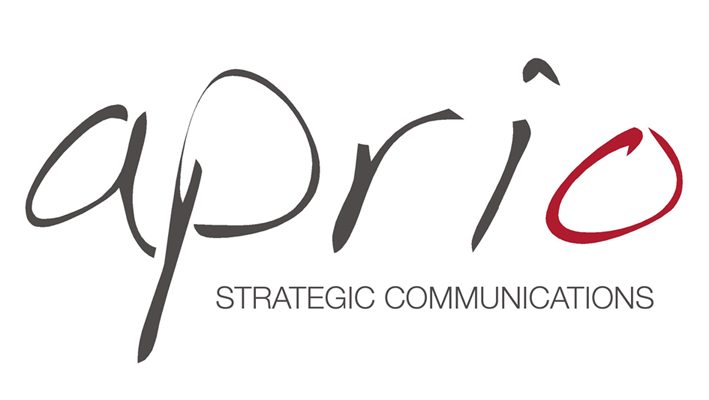AND I'm not going to tell you what it is.
BUT I'm betting you can guess.
AND I won't have to go on much longer with this maddening affectation reminiscent of a kindergarten show-and-tell presentation.
AND I'm running out of ways to perpetuate this motif anyway.
BUT I won't let that stop me.
As I've previously written, there's a huge distinction between adopting a conversational tone and engaging in sloppy writing. The idea of "writing like you talk" was originally intended to wean corporate communicators (and others) off stilted, pedantic prose and jargon-laden gobbledygook.
Alas, we have ended up with a pandemic of people writing like a 5-year-old talks:
We went to a dairy farm. Aaaaaaand we saw cows. Aaaaaaand they milked one of the cows. Aaaaaaaand we saw an old-fashioned butter churn. Aaaaaaaand…
The occasional sentence-starting conjunction is fine. I don't believe in absolutes; I do believe in moderation, and in "breaking rules" for a reason. But it must be done judiciously, for optimum effect.
If a writer dips into the conjunction well too often, it simply becomes a tic.
With that in mind, let's look at five alternatives to beginning sentences—and, heaven forbid, paragraphs—with "and" or "but":
Compound sentence
Fearing the dreaded run-on sentence—especially in the online, short-attention-span sphere—writers frequently opt for a period where a comma will do nicely.
Instead of: No job is perfect. But too often, young PR professionals complain without offering solutions.
Try: No job is perfect, but young PR professionals too often complain without offering solutions.
Granted, this almost requires one to move the modifying phrase, but that's a plus: It's now closer to the verb it modifies.
Semicolon
This handy little punctuation mark works best with two concise, related thoughts.
Instead of: I have eclectic taste in food. And escargots are my favorite breakfast.
Try: I have eclectic taste in food; escargots are my favorite breakfast.
Dependent clauses and segue phrases
If you have a transitional phrase in place, there's no need for a transitional conjunction.
Instead of: And despite her professional demeanor, Nancy does have more tchotchkes in her cubicle than anyone else in the company.
Try: Despite her professional demeanor, Nancy does have more tchotchkes in her cubicle than anyone else in the company.
Taking it a step further, you could condense the phrase into a word or two.
Instead of: And despite her professional demeanor, Nancy does have more tchotchkes in her cubicle than anyone else in the company.
Try: Professionalism aside, Nancy does have more tchotchkes in her cubicle than anyone else in the company.
True, but she'll never match Craig's collection of troll dolls.
[RELATED: Ragan's new distance-learning site houses the most comprehensive video training library for corporate communicators.]
Simply eliminating the conjunction
The usual purpose of using "and" and "but" between clauses is to bolster or negate (respectively) the previous contention. If that support or contradiction is strong enough, there's no need for a conjunction.
Instead of: Cooking shows are popular at our house. And we set the DVR to catch every episode of "Chopped."
Try: Cooking shows are popular at our house. We set the DVR to catch every episode of "Chopped."
To show contrast:
Instead of: Cooking shows are popular at our house. But we make sure to watch the evening news.
Try: Cooking shows are popular at our house. We make sure to watch the evening news, though.
The final "though" helps punctuate the contrasting pair of statements.
Substitute words
Finally, words like also, however, moreover, and the like are effective but can seem a little stuffy, so use them sparingly.
Instead of: Great-aunt Vera enjoys macramé. And one time her neighbor said macramé was stupid, so she decked him.
Try: Great-aunt Vera enjoys macramé. Moreover, one time her neighbor said macramé was stupid, so she decked him.
One last thing, please: If you do use "and" or "but" to start a sentence, omit the comma immediately after the conjunction in question. That goes for "or," too.
Wrong: And, I mean it.Rob Reinalda is executive editor at Ragan Communications.
Right: And I mean it.

No comments:
Post a Comment